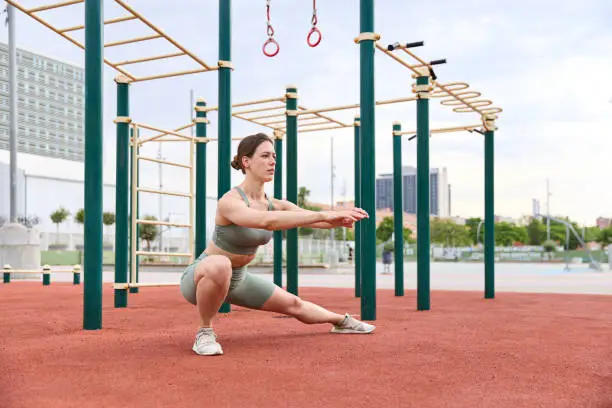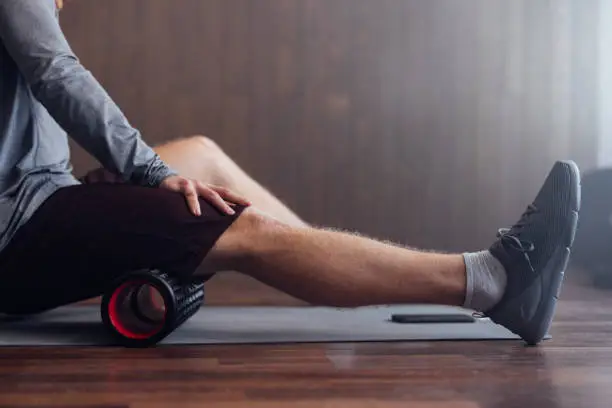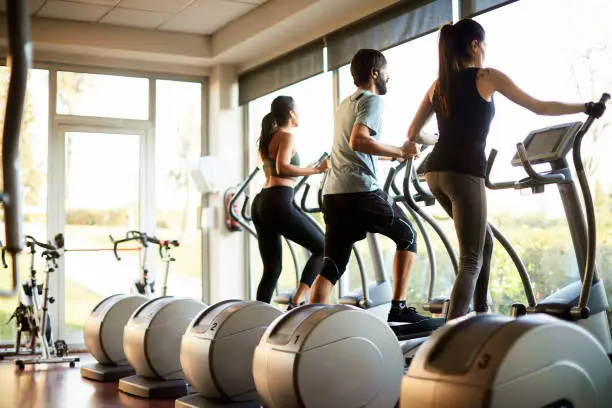Introduction
Leg Day is one of the toughest training sessions in any workout plan. The soreness, muscle fatigue, and stiffness the next day make you wonder: Should I do cardio after leg day? Some believe cardio enhances recovery, while others fear it delays muscle repair and reduces gains. The truth lies somewhere in between—choosing the right type of cardio, adjusting intensity, and following proper recovery strategies can make all the difference.
This expert-backed guide will uncover the science behind cardio after leg day, its benefits and risks, the best types of cardio to do, and how to structure your workout plan for maximum gains and recovery. Let’s dive in!
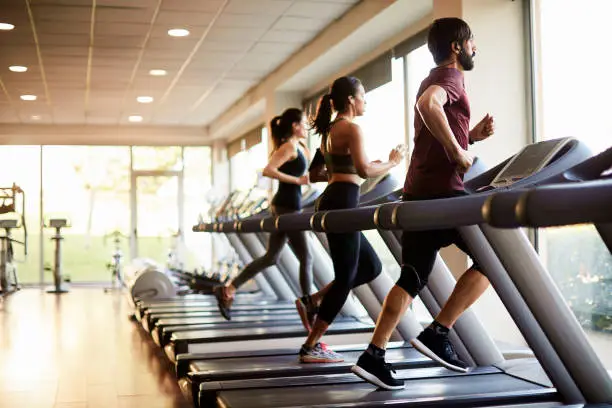
Why Combine Cardio and Leg Day?
Enhanced Fat Burning
One of the biggest advantages of combining cardio and leg day is accelerated fat loss. Leg workouts involve compound movements like squats, lunges, and deadlifts, which engage multiple muscle groups and significantly increase caloric expenditure. This intense muscular effort causes the body to burn more calories even after your workout is over, a phenomenon known as excess post-exercise oxygen consumption (EPOC).
Adding a cardio session after a leg day keeps your metabolism elevated, extending the calorie-burning effect. This is particularly beneficial for individuals focused on weight loss or cutting phases. However, the key is choosing the right type and intensity of cardio to prevent excessive fatigue.
Improved Recovery & Reduced Muscle Soreness
Muscle soreness, also known as delayed onset muscle soreness (DOMS), is common after a challenging leg workout. The stiffness and pain can last for 24 to 48 hours and may limit movement. However, engaging in light cardio the next day can actually help reduce soreness and speed up recovery.
Low-impact cardio, such as walking or cycling, promotes blood circulation to sore muscles. Increased blood flow delivers more oxygen and nutrients while helping to remove lactic acid buildup, which contributes to soreness. This process is called active recovery and is widely recommended by fitness experts to accelerate muscle repair without overloading fatigued muscles.
Balanced Strength & Endurance
For a well-rounded fitness routine, balancing strength training with cardiovascular endurance is essential. Strength training, especially leg day, helps build muscle mass and power, while cardio improves heart and lung capacity. A combination of both ensures better athletic performance and overall fitness levels.
For those training for sports performance, bodybuilding, or general fitness, incorporating after-leg day in a strategic manner ensures you don’t neglect either muscle development or cardiovascular health.
Challenges of Cardio After Leg Day
Muscle Fatigue & Reduced Performance
Leg day already puts extreme stress on lower-body muscles, causing microtears in muscle fibers that need time to repair and grow stronger. If you immediately follow it up with intense cardio, such as running or sprinting, your muscles may not have enough energy to perform optimally. This can lead to muscle fatigue, slower recovery, and reduced strength in subsequent workouts.
Fatigued muscles are also less efficient at absorbing impact, increasing the likelihood of poor form and injury. This is why high-intensity cardio is generally discouraged the day after leg day.
Risk of Overtraining & Injury
Overtraining occurs when the body does not receive enough time to recover between workouts. If you push your body beyond its limits by combining intense cardiovascular with heavy leg training, you risk muscle strain, joint stress, and overall fatigue.
High-impact cardio, such as running on pavement or high-intensity interval training (HIIT), can place excessive stress on already fatigued muscles and joints. This can lead to injuries such as shin splints, knee pain, or hamstring strains, which can set back progress for weeks.
Lower Energy Levels & CNS Fatigue
Leg workouts drain glycogen stores from muscles and also fatigue the central nervous system (CNS). The CNS controls muscle contractions, coordination, and overall strength output. If it’s exhausted, your performance in any additional workout—including cardio—may suffer.
CNS fatigue can make you feel tired, sluggish, and unfocused, reducing motivation and increasing the likelihood of a poor workout session. This is why timing and intensity adjustments are necessary when planning cardiovascular workout after leg day.
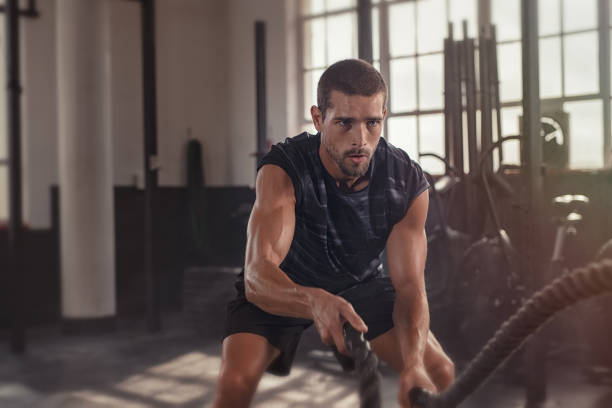
Best Types of Cardio After Leg Day
Not all cardio is equally beneficial after a leg workout. Choosing the right type of cardio can help enhance recovery while minimizing fatigue and injury risk.
Best Options (Low-Impact, Recovery-Friendly Cardio)
The safest and most effective cardio options after leg day are low-impact exercises that increase blood circulation without placing additional strain on muscles.
- Walking is one of the best choices for active recovery. It helps improve circulation, mobility, and flexibility without overloading the legs. Walking on a treadmill at a moderate pace or taking a brisk walk outside can significantly reduce soreness.
- Cycling at low resistance is another excellent option. It allows the leg muscles to move without excessive strain, promoting blood flow and joint mobility. A short 20–30-minute cycling session at moderate intensity can be highly beneficial.
- Swimming provides a zero-impact workout, making it the most joint-friendly cardio choice after an intense leg day. The water supports body weight, reducing stress on sore muscles while still engaging the cardiovascular system.
- Elliptical training is another low-impact alternative that allows fluid movement of the lower body without excessive impact on the joints. A light session on the elliptical can help increase mobility and prevent stiffness.
Worst Options (High-Impact, Strenuous Cardio)
Certain types of cardio should be avoided immediately after leg day, especially if muscle soreness is significant.
- Running, especially on hard surfaces, can place excessive stress on fatigued muscles and joints, leading to discomfort and potential injuries.
- HIIT (High-Intensity Interval Training) involves rapid, explosive movements that require strong, recovered muscles. Doing HIIT the day after leg day can slow down recovery and increase the risk of overtraining.
- Jump rope and stair climbing also engage lower-body muscles extensively, making them less ideal when legs are already sore.
How to Plan Cardio After Leg Day Without Sacrificing Gains
Timing & Intensity Adjustments
The best time to do cardiovascular after leg day depends on how your body feels and the intensity of your leg workout. If soreness is minimal, a low-impact cardio session can be done the following morning or evening. However, if soreness is severe, it’s best to wait at least 24–48 hours before engaging in any strenuous cardio.
Listening to Your Body
It’s crucial to pay attention to muscle soreness and fatigue levels. If legs feel extremely sore or stiff, a complete rest day may be necessary. Stretching, foam rolling, and hydration should be prioritized before attempting any cardio session.
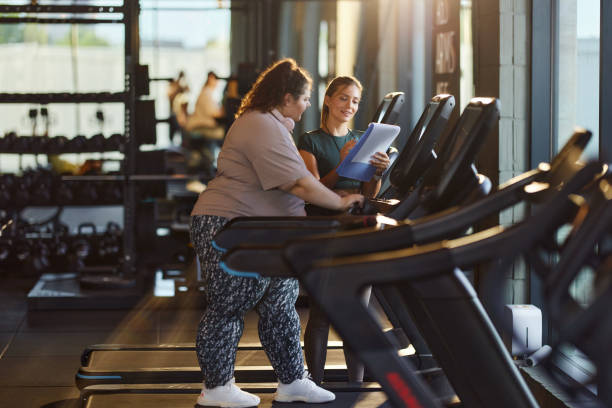
A Sample Weekly Workout Plan
| Day | Workout |
|---|---|
| Monday | Leg Day (Squats, Lunges, Deadlifts) |
| Tuesday | Low-Impact Cardio (Walking, Cycling) |
| Wednesday | Upper Body Strength Training |
| Thursday | Steady-State Cardio (Swimming, Jogging) |
| Friday | Rest or Active Recovery (Yoga, Stretching) |
| Saturday | Full-Body Workout |
| Sunday | HIIT or Speed Training |
Final Thoughts
Cardio after leg day can be beneficial if done correctly. Low-impact cardio like walking, cycling, and swimming enhances muscle recovery and reduces soreness, while high-intensity exercises like running and HIIT increase the risk of overtraining and injury.
Listening to your body, adjusting workout intensity, and prioritizing recovery will help maximize both strength and endurance gains without compromising progress.
FAQs
- Is it bad to do cardio the day after leg day?
No, but stick to low-intensity exercises like walking or cycling. - How long should I do cardio after leg day?
20-30 minutes of light cardio is ideal. - Can I do HIIT the day after leg day?
It’s not recommended if your legs are still sore. - What are the best recovery strategies after leg day?
Proper nutrition, hydration, stretching, and foam rolling help. - Should I skip cardio if my legs are too sore?
If the soreness is extreme, take a full rest day or do upper-body-focused cardio.
